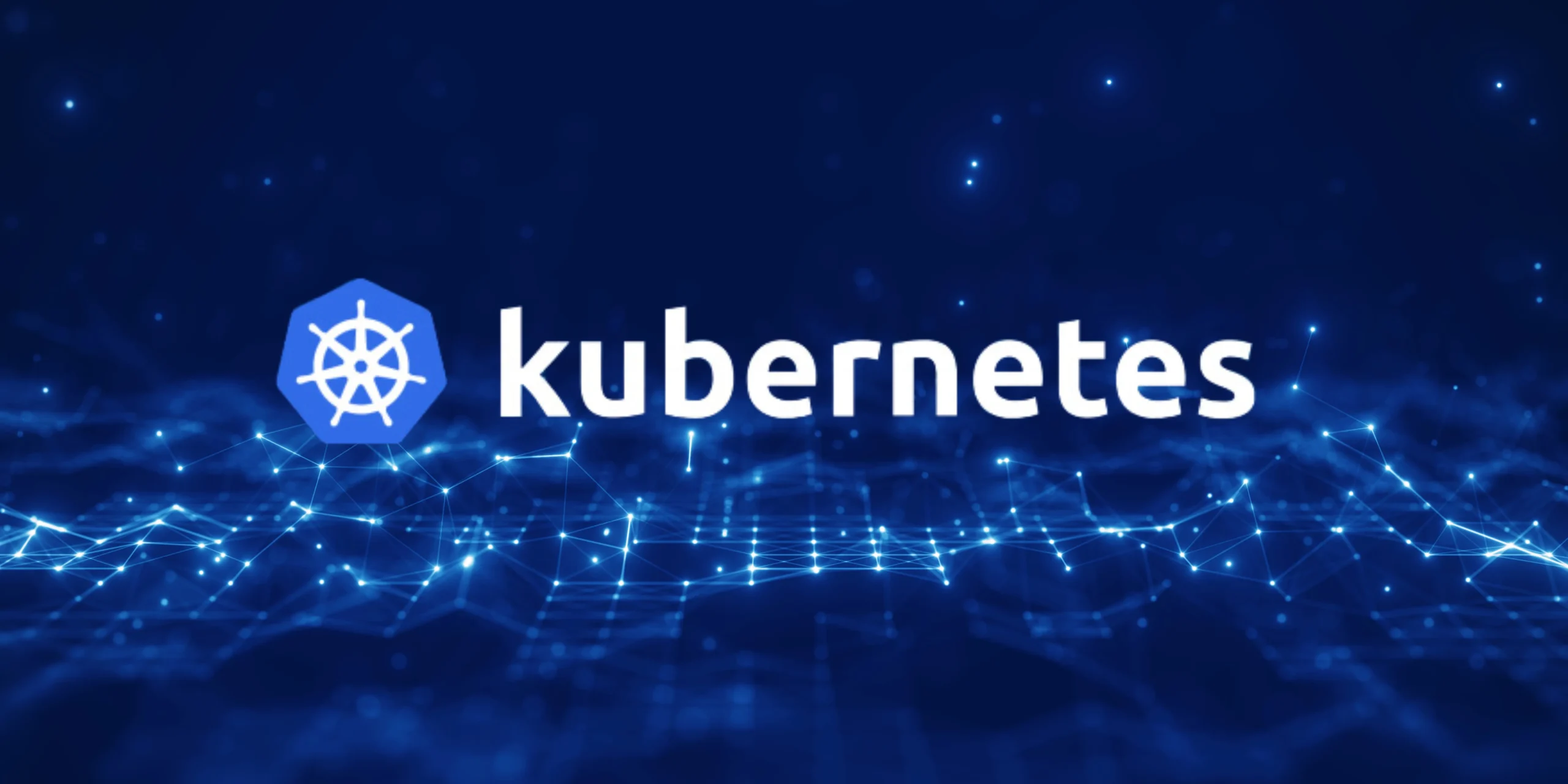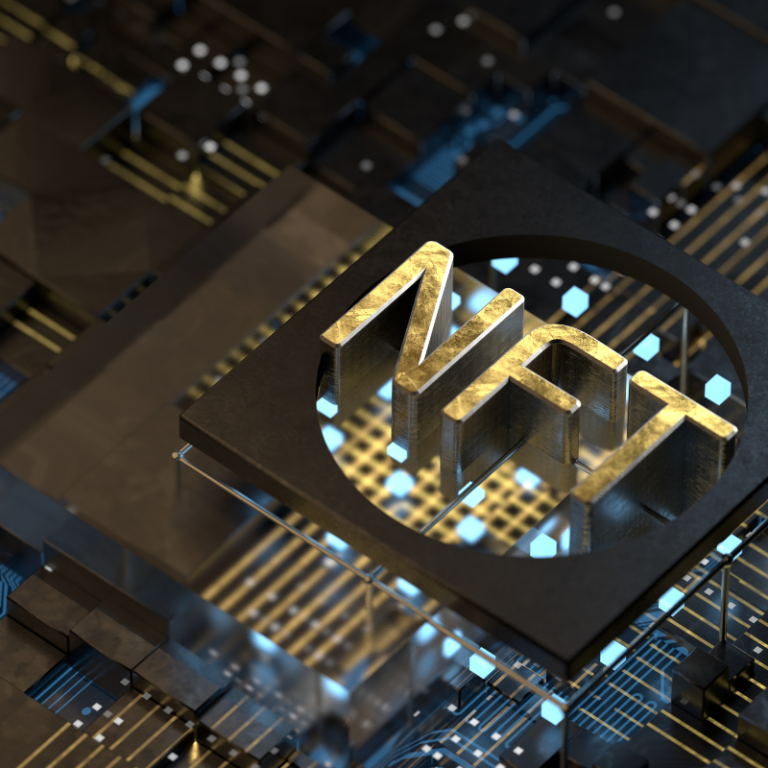Amid advancements in technologies, there is now a world focused on further multitasking. As the size of businesses grow, the number of apps grow to run on many servers. Managing these modern apps is a daunting task.
Thus, effectively managing these apps whether it be making sure they run smoothly, scaling with the number of users, and fixing problems is a job within itself. This is where Kubernetes comes into play. Kubernetes is an OS specifically tailored to manage the above problems.
In this blog, we are going to take you through Kubernetes guide, and how does Kubernetes work, with what the future holds.
Kubernetes In A Nutshell
Kubernetes, often referred to as K8s, is a system that organizes all of your containerized applications in an efficient manner. Containers can be thought of as little boxes that have everything included to run your application. Each container, or box, contains different components from your application. Trying to manage all of these boxes by hand can quickly become burdensome and this is where K8s comes into the picture. You can think of K8s as being the manager of your boxes that is doing all of the heavy lifting behind the scenes.
Kubernetes will work with any environment if you want to think of it that way – private, public, or hybrid cloud. It has an open architecture that runs virtually anywhere, making it an effective solution for businesses with application-centric needs that are utilized in various locations and certainly for or businesses utilizing microservices too.
Kubernetes is heavily relied upon by developers and system admins as well as DevOps to help automate an enormous amount of workload. K8s deploys, scales, and manages applications. K8s also schedules and operates many containers across a cluster of nodes where containers are always running targeted workloads. Nodes are any physical or virtual machines that run containers. Each node in a Kubernetes cluster runs a K8s agent that manages Kubernetes pods, which are groups of containers that mesh together to act in unison.
Clusters are central to Kubernetes. A cluster is a bundle of nodes that are managed by K8s. By turning nodes into a cluster, you can run applications across multiple machines, providing significant availability benefit for your app and some resilience to outages of a single service.
Kubernetes is built with the purpose of ensuring that you can rely upon your application. K8s is constantly monitoring the health of your containers and nodes and will restart any failed containers or nodes. K8s will load balance your application amongst all available resources in your cluster so that one machine does not become overloaded. Automated management, along with K8s support for containerized apps, will continue to make Kubernetes a powerful tool in deploying your applications.
Why This Kubernetes Guide Matters To You
Kubernetes offers robust advantages, making it invaluable for managing modern applications. This guide will discuss the importance of Kubernetes.
- Scalability: Kubernetes automatically scales your app to account for traffic spikes with ease; it ensures the app stays up indefinitely without requiring you to intervene manually, saving time and resources.
- Portability: You can run Kubernetes on any platform, whether that’s on a laptop, in a data center, or in the cloud – and have the ability to move apps from one environment to another in whichever way is most beneficial, which is useful as business needs change.
- Self-Healing: Kubernetes automatically repairs problems associated with server failures or networking disruptions; it restarts any failed containers, move workloads – its self-healing nature gives assurance as to its stability and reliability and is one of the main reasons so many companies use Kubernetes for their mission critical applications.
- Automated Rollouts and Rollbacks: Kubernetes will automatically roll out your application changes in a rolling fashion – it keeps an eye on the app for problems, and rolls back if and when problems are detected.
- Service Discovery and Load Balancing: Kubernetes makes service discovery and load balancing easy for your app; it allocates unique IPs and DNS names for your app to make it efficient for communication and effective load distribution.
- Secret and Configuration Management: Kubernetes also securely manages secrets and configuration files with the ability to simply and securely update them without the need to repopulate images or exposing sensitive information.
You can now begin to grasp the advantages of kubernets in an improved way! These aspects provide a comprehensive understanding of the very nature of the technology and where it fits into the minimalistic application space.
Why Kubernetes Stands Out
Kubernetes is recognized for its advanced management of application applications. The platform facilitates various aspects of automation around deploying, running, monitoring, and scheduling application containers so they are running in healthy states. Continuous monitoring happens on the container, and should one fail, Kubernetes will restart or replace it. Developers can instantly deploy and remove application containers within the Kubernetes platform. Policies help the platform automate, scale, and increase resilience around workloads.
The platform efficiently balances application containers’ loads, maximizing performance while minimizing the risk of overload. The ability to use both local and cloud storage options also contribute to Kubernetes’ flexibility. The platform is relatively CPU and memory efficient. It is important to note that Kubernetes has robust open-source security practices governing the sensitive information it manages, including passwords and SSH keys.
As an open-source platform, Kubernetes benefits from active sustained development by the community. As a reasonable alternative for deploying modern applications, Kubernetes provides a solid, extensible platform to build applications that are always available and resilient.

Kubernetes’ Tough Terrain
Although Kubernetes has many advantages, there are also some challenges. The steep learning curve involved with Kubernetes means better for any novices because there are so many new things to learn (for example, Pods, Nodes, and Clusters).
Kubernetes can be complex and can take some planning for managing the infrastructure of your application. This can be challenging for small teams or organizations with limited resources. Kubernetes can also be resource-heavy, which can require a lot of computational power and offset many of the benefits to using Kubernetes for a small setup.
Additionally, organizations also struggle with load scaling because attractions within an application may not define some scale. And, since Kubernetes is distributed, it can introduce complex challenges and network latency, which can affect availability. Monitoring and observability become increasingly difficult as deployments of containers grow and require a more robust level of monitoring for performance, security, multifaceted deployment strategies, etc.
Security is also a concern, as there needs to be much stricter configuration and manage access risks. Finally, although Kubernetes is open source, using a managed cloud provider can lead to vendor lock-in, as can using other vendor’s proprietary services in conjunction with Kubernetes, which may complicate the idea of multi-cloud implementation and the migration process.
What Can We Expect Next
Kubernetes is not just about managing containers—it’s paving the way for the next era of computing. As AI and machine learning grow, Kubernetes will continue to play a crucial role in handling the complex workloads these technologies require. The rise of serverless computing will see Kubernetes further simplifying application deployment by eliminating the need for managing servers. Edge computing will also expand, with Kubernetes managing apps closer to data sources, ensuring faster processing and reduced latency.
The increasing use of managed Kubernetes services, like GKE and EKS, will make the platform more accessible, while advancements in security, multi-cloud, and hybrid cloud strategies shape its future. Kubernetes will, of course, become an essential driver of innovation and integrate more with the most popularly used developing technologies.
Conclusion
The era of the current world is the Kubernetes that is principally dealt and controlled with management of the applications. Besides, it is moving a step forward in its life cycle of AI, serverless, and edge computing, and taking leadership in multi-cloud and hybrid cloud strategies. Kubernetes will, therefore, remain to be the force that is changing the way businesses can effectively deal with cutting-edge applications with more agility and sustainability.







